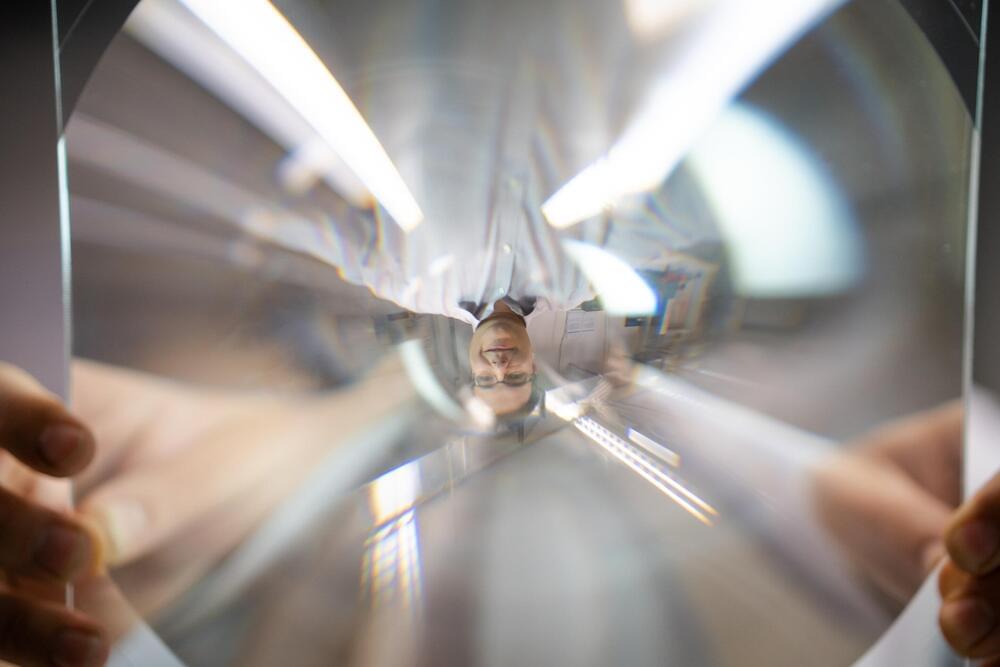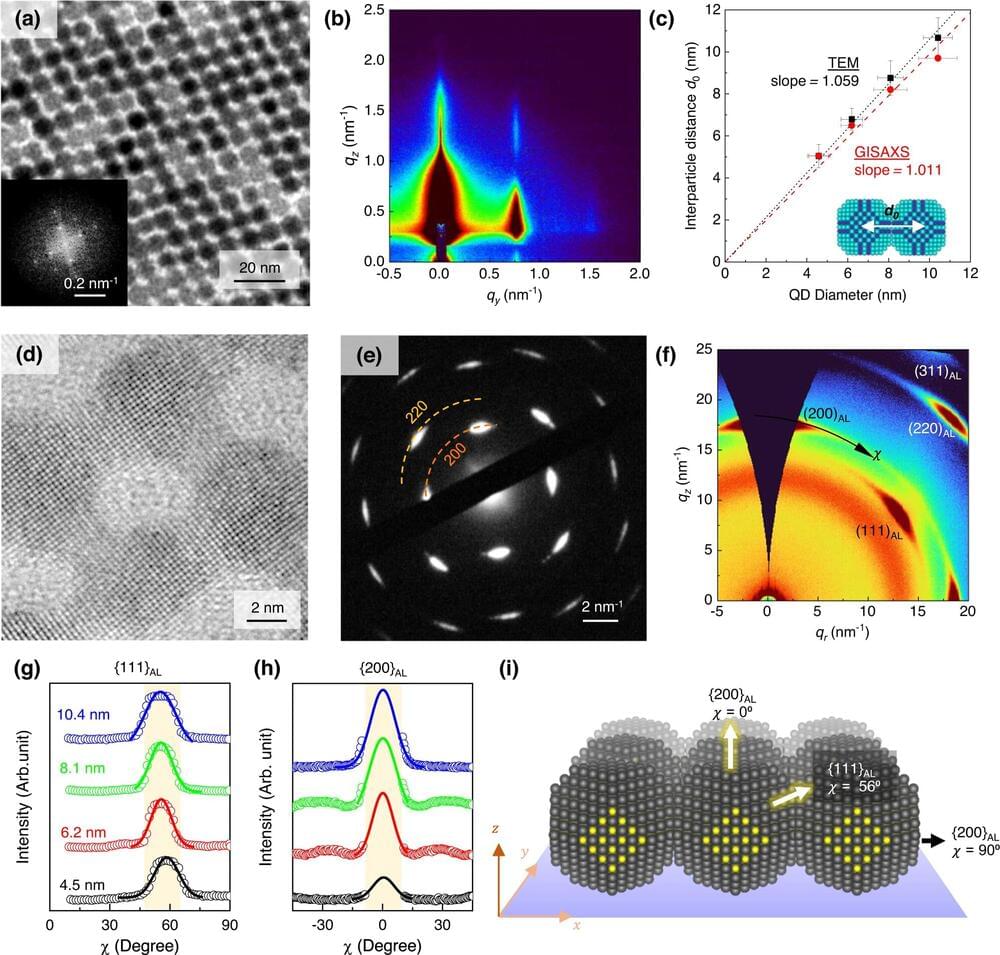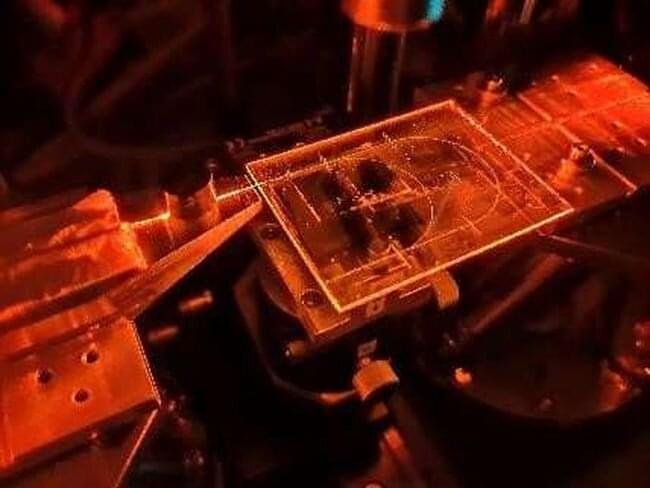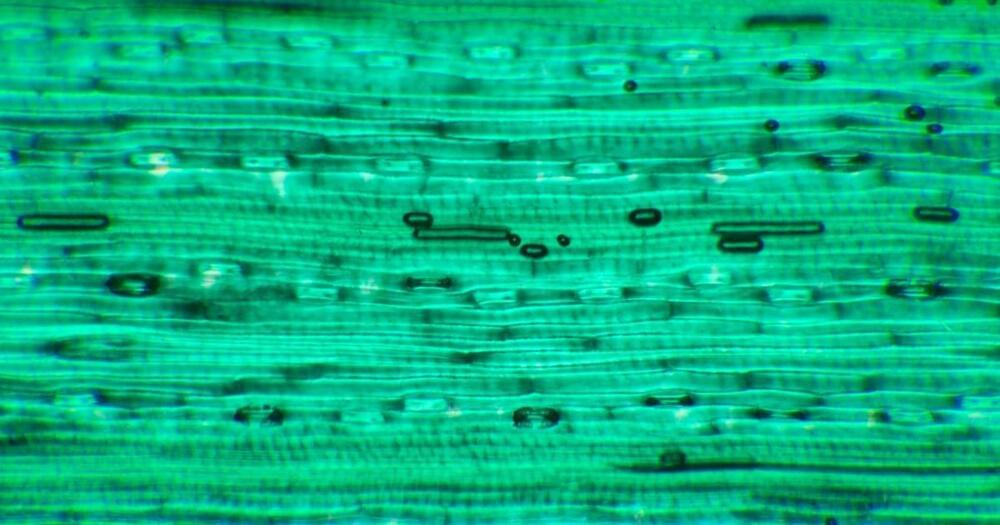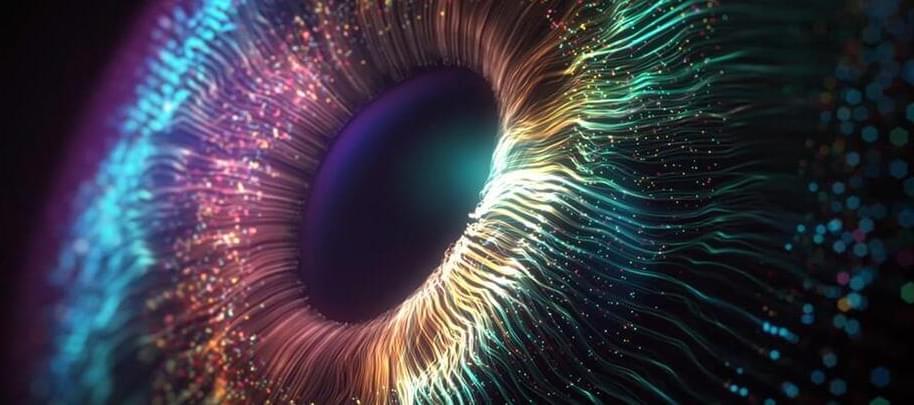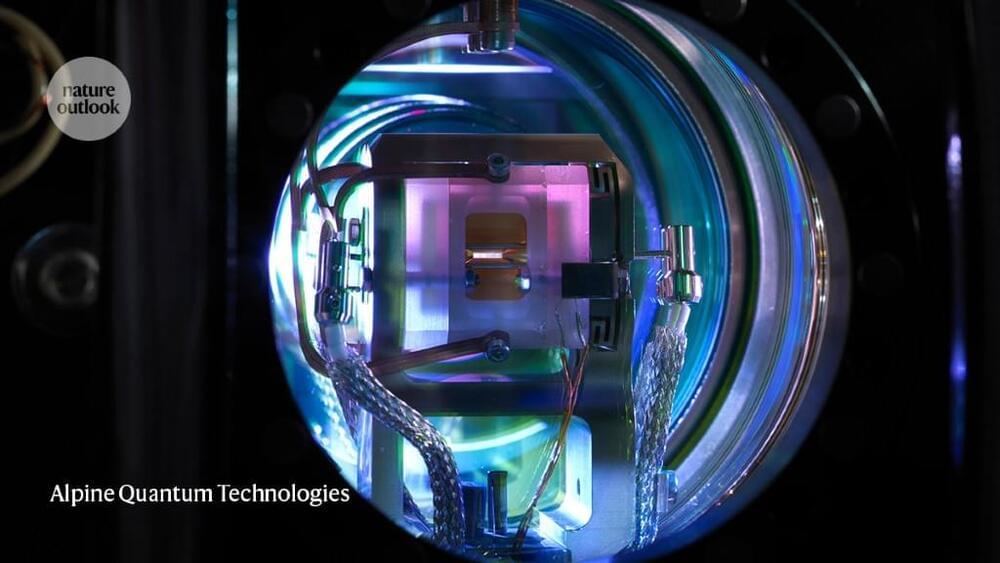Light is a key carrier of information. It enables high-speed data transmission around the world via fiber-optic telecommunication networks. This information-carrying capability can be extended to transmitting quantum information by encoding it in single particles of light (photons).
“To efficiently load single photons into quantum information processing devices, they must have specific properties: the right central wavelength or frequency, a suitable duration, and the right spectrum,” explains Dr. Michał Karpinski, head of the Quantum Photonics Laboratory at the Faculty of Physics of the University of Warsaw, and an author of the paper published in Nature Photonics.
Researchers around the globe are building prototypes of quantum computers using a variety of techniques, including trapped ions, quantum dots, superconducting electric circuits, and ultracold atomic clouds. These quantum information processing platforms operate on a variety of time scales, from picoseconds through nanoseconds to even microseconds.
